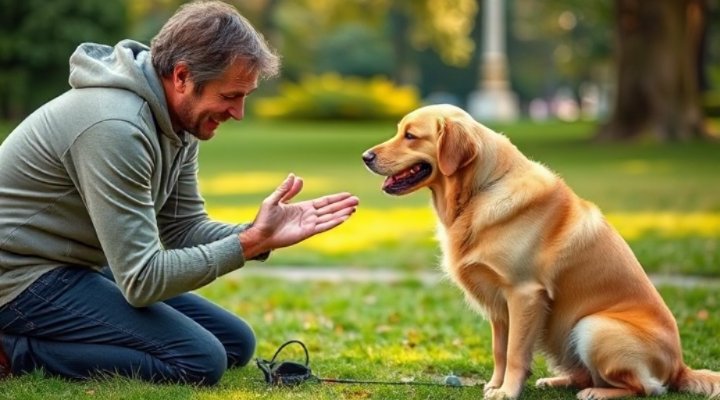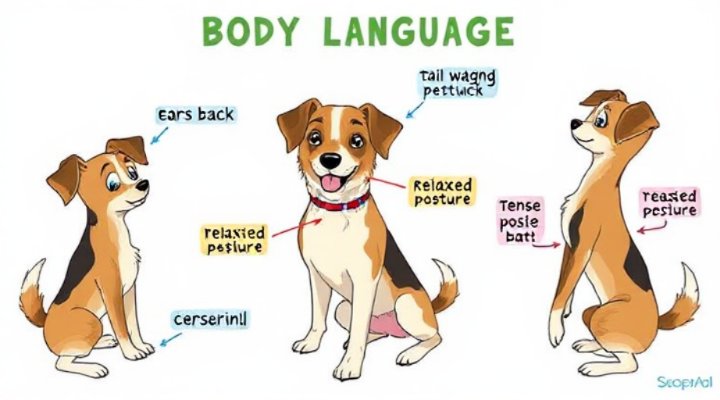Have you ever watched a dog whisperer work their magic and wondered how they achieve such remarkable results? These canine communication experts seem to have a special connection with dogs that goes beyond basic commands. The good news is that their techniques can be learned by any dedicated pet owner.

The Foundation of Dog Whispering
At its core, dog whispering is about understanding canine psychology and communicating in ways dogs naturally understand. Unlike traditional training that focuses on commands, whisperers emphasize reading and responding to dog body language. This approach creates mutual understanding rather than just obedience.
I remember when I first tried these techniques with my anxious rescue dog. By mirroring calm energy and using subtle signals, we made more progress in one week than in months of traditional training. The transformation was remarkable!

Decoding Canine Body Language
Dog whisperers are masters at interpreting subtle signals. Here are key elements to observe:
- Ears: Forward means alert, flattened signals fear
- Tail: High and stiff indicates arousal, low and loose shows relaxation
- Eyes: Soft gaze is friendly, hard stare can be challenging
- Mouth: Slightly open with relaxed tongue is content, tightly closed may signal stress
According to the American Veterinary Society of Animal Behavior, understanding these signals can prevent many behavioral issues before they escalate.
Common Misinterpretations
Many owners mistake a wagging tail for happiness, when it can actually indicate various emotional states. Similarly, yawning doesn’t always mean tiredness – it’s often a calming signal during stress. Learning these nuances is what separates dog whisperers from average trainers.

Mastering Calming Signals
Dog whisperers use specific techniques to communicate peaceful intentions:
- Blinking slowly: Mimics relaxed dog behavior
- Turning sideways: Less confrontational than facing directly
- Yawning deliberately: Signals there’s no threat
- Approaching in curves: More polite than straight-line approaches
These methods are particularly effective for puppies and young dogs learning how to interact with humans. I’ve found them invaluable when introducing my dog to new environments or animals.
Energy Matters More Than Words
Perhaps the most important lesson from dog whisperers is that your energy affects your dog more than your words. Dogs are incredibly attuned to our emotional states. If you’re anxious or frustrated, your dog will mirror that energy.
One professional I worked with could calm an entire room of excited dogs just by entering with relaxed, confident energy. It wasn’t magic – it was mastery of non-verbal communication.

Practical Exercises to Try
Ready to try some dog whispering techniques? Start with these simple exercises:
- Mirror Exercise: Sit quietly with your dog and match their breathing pattern
- Observation Time: Spend 10 minutes daily just watching your dog’s natural behaviors
- Silent Communication: Try directing your dog using only body language for short sessions
For more structured training, consider our guide on obedience training techniques that incorporate whispering principles.
When to Seek Professional Help
While these techniques work for most dogs, some behavioral issues require professional intervention. If your dog shows aggression, extreme fear, or other concerning behaviors, consult a certified dog behaviorist or trainer experienced in whisperer methods.
Remember, every dog is unique. What works for one may need adjustment for another. The key is patience, observation, and willingness to learn your dog’s individual language.
Related Keywords
dog communication techniques, understanding canine behavior, professional dog training methods, bonding with your dog, non-verbal dog communication, calming anxious dogs, dog psychology basics, positive reinforcement training
